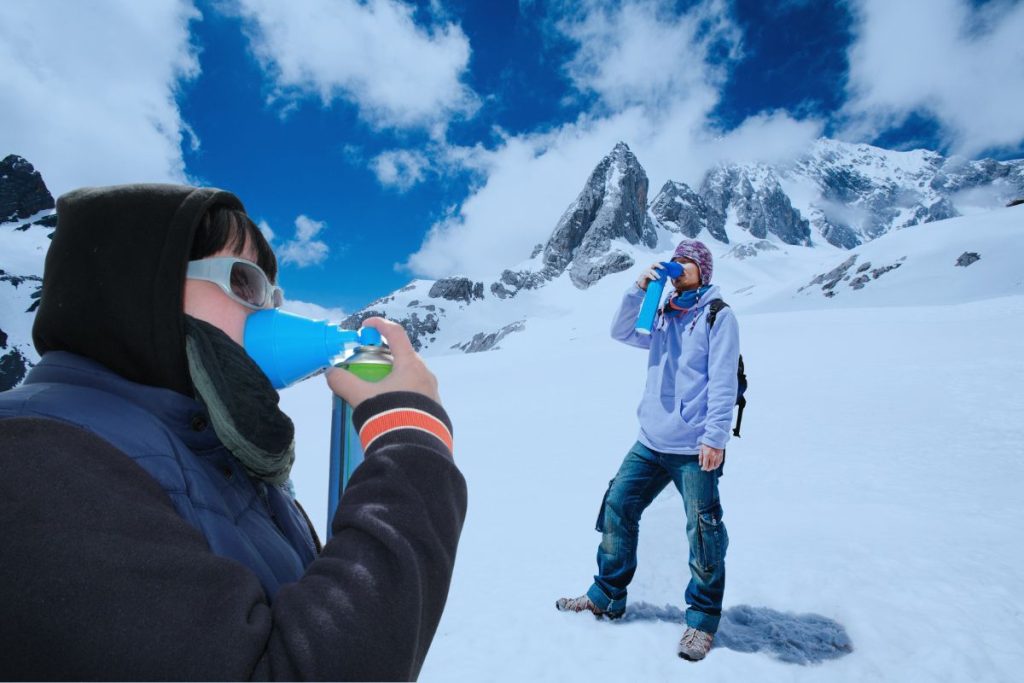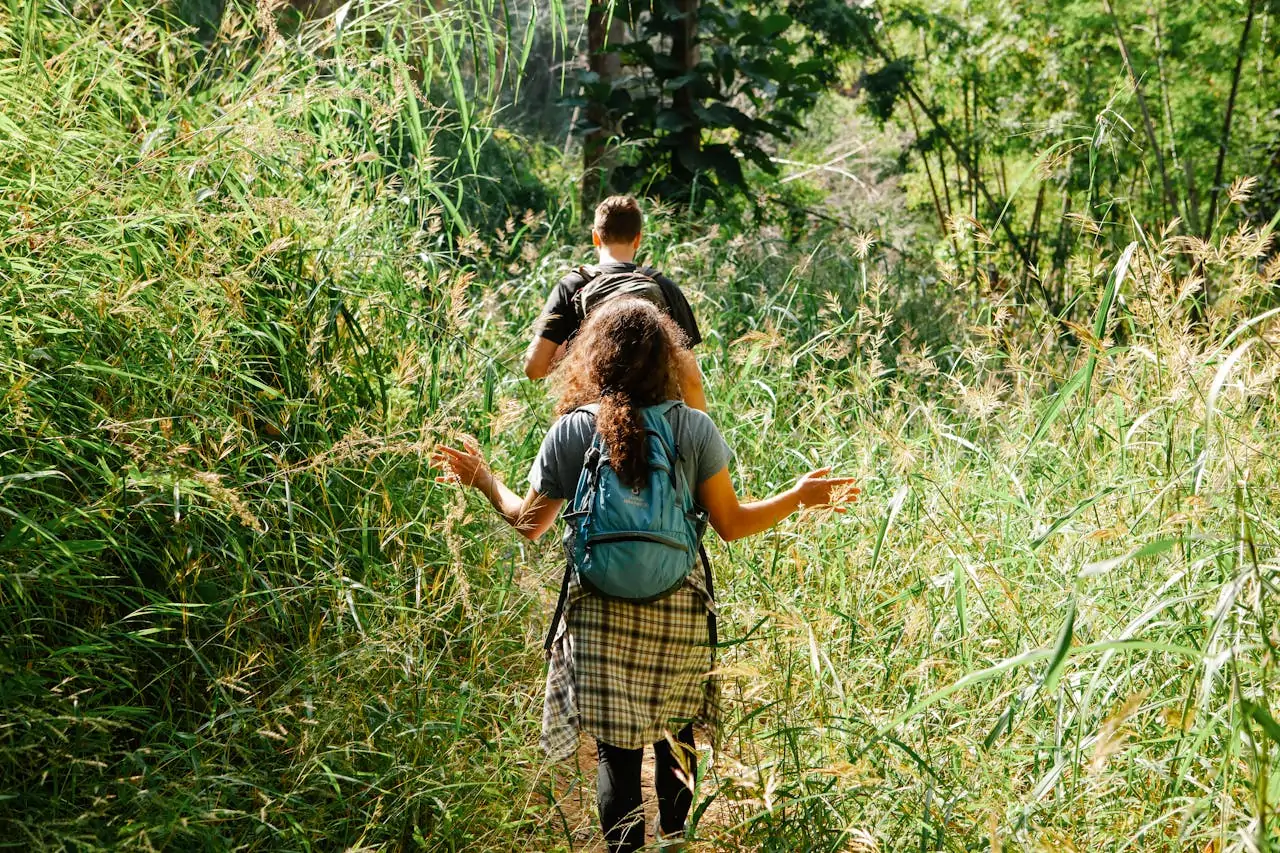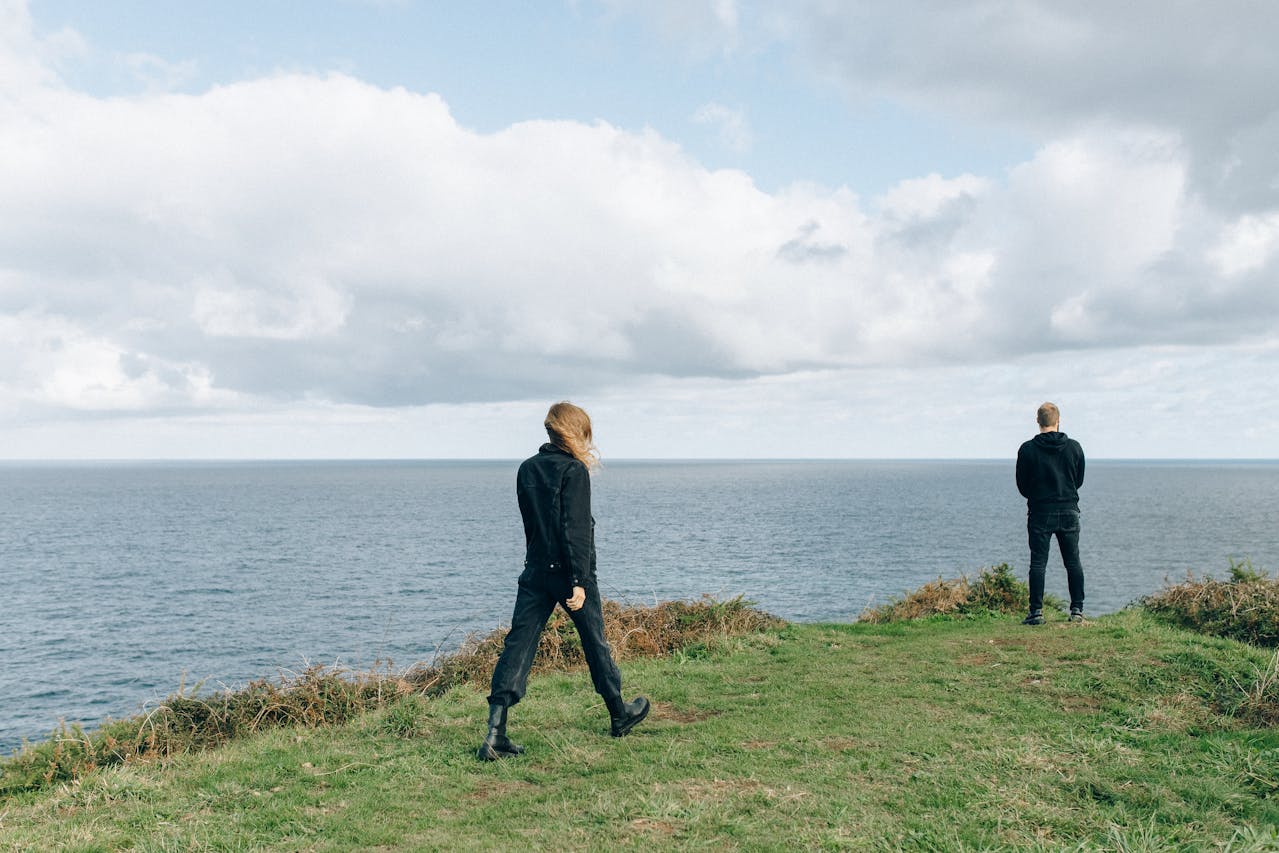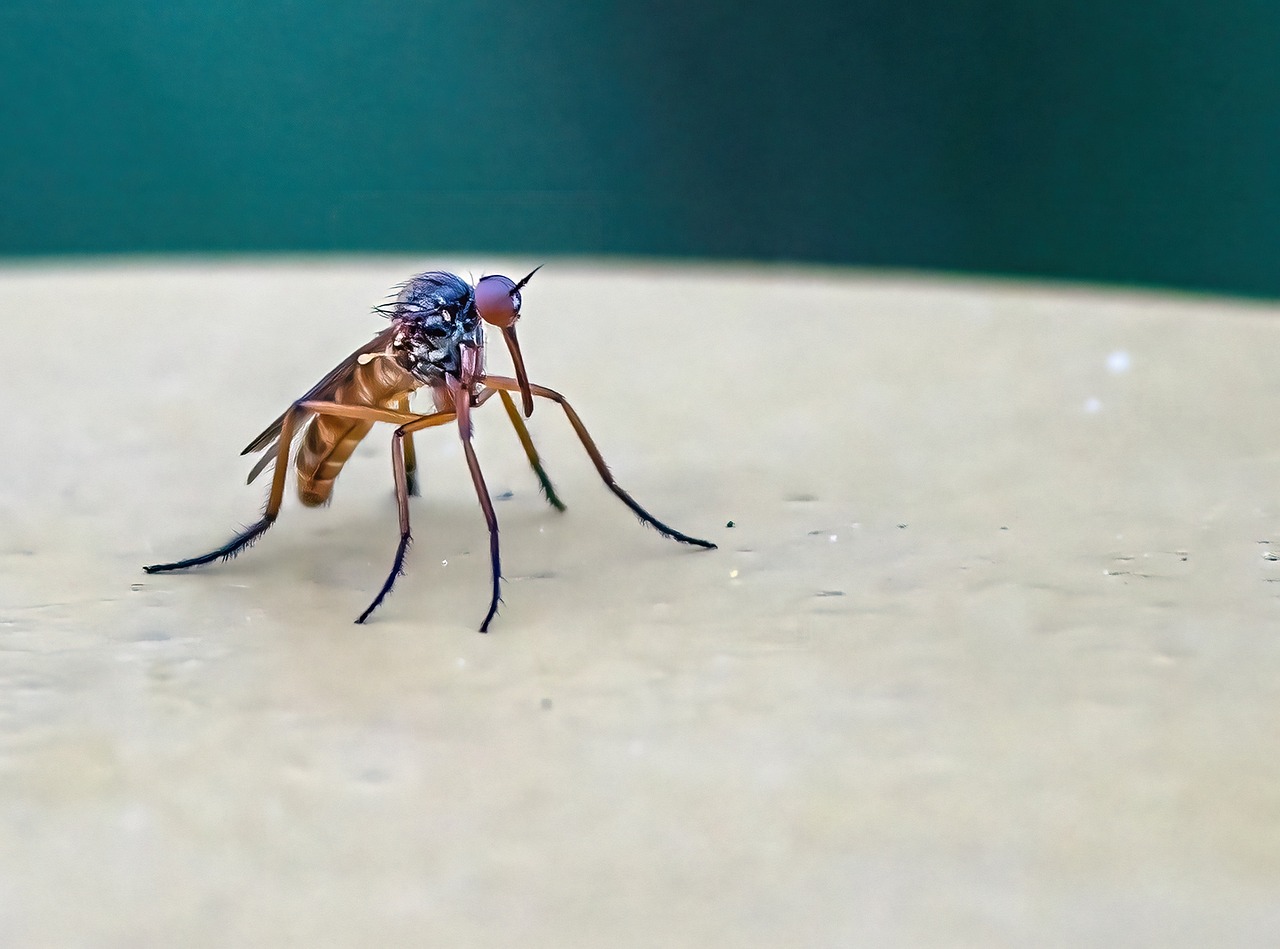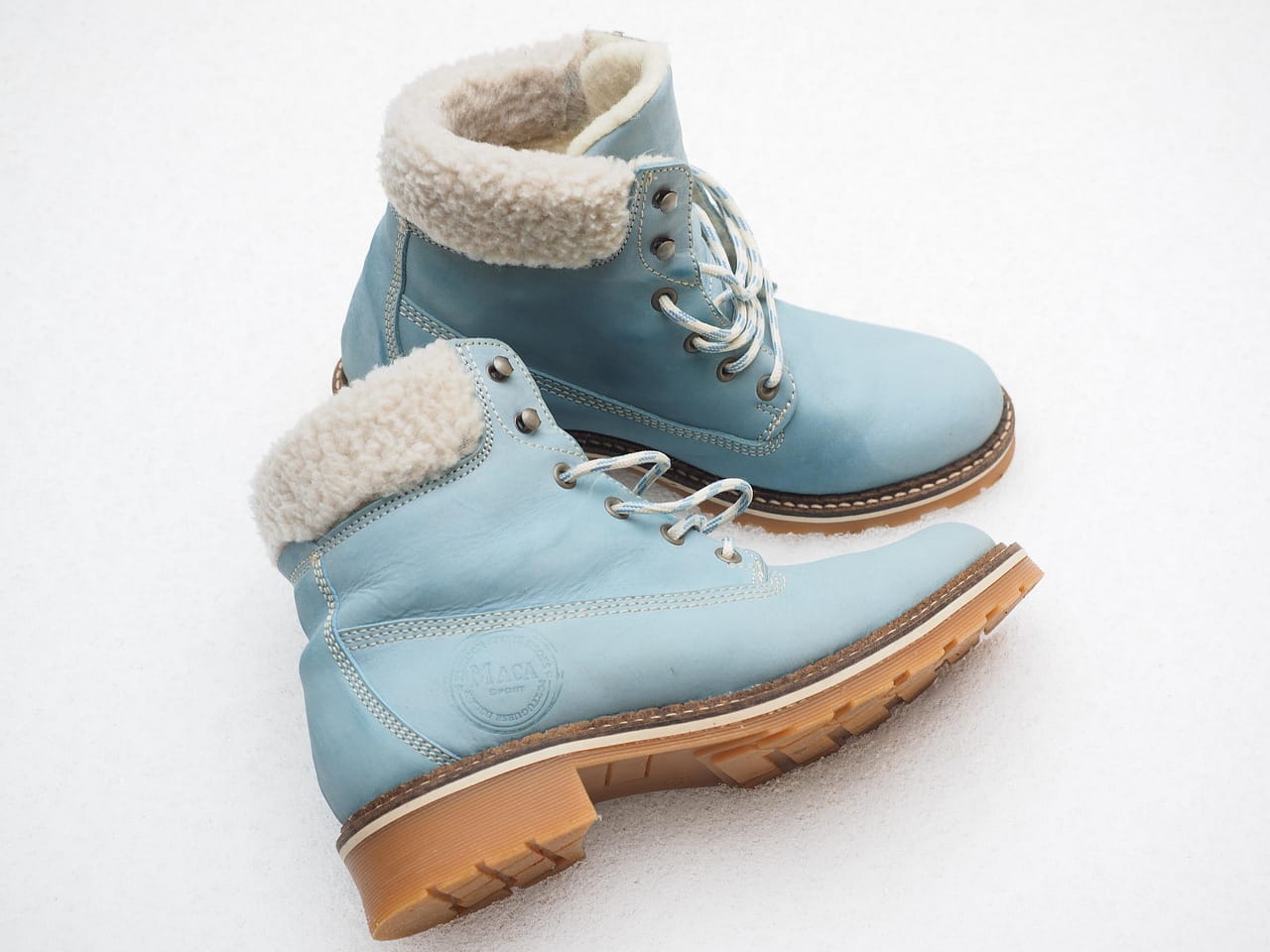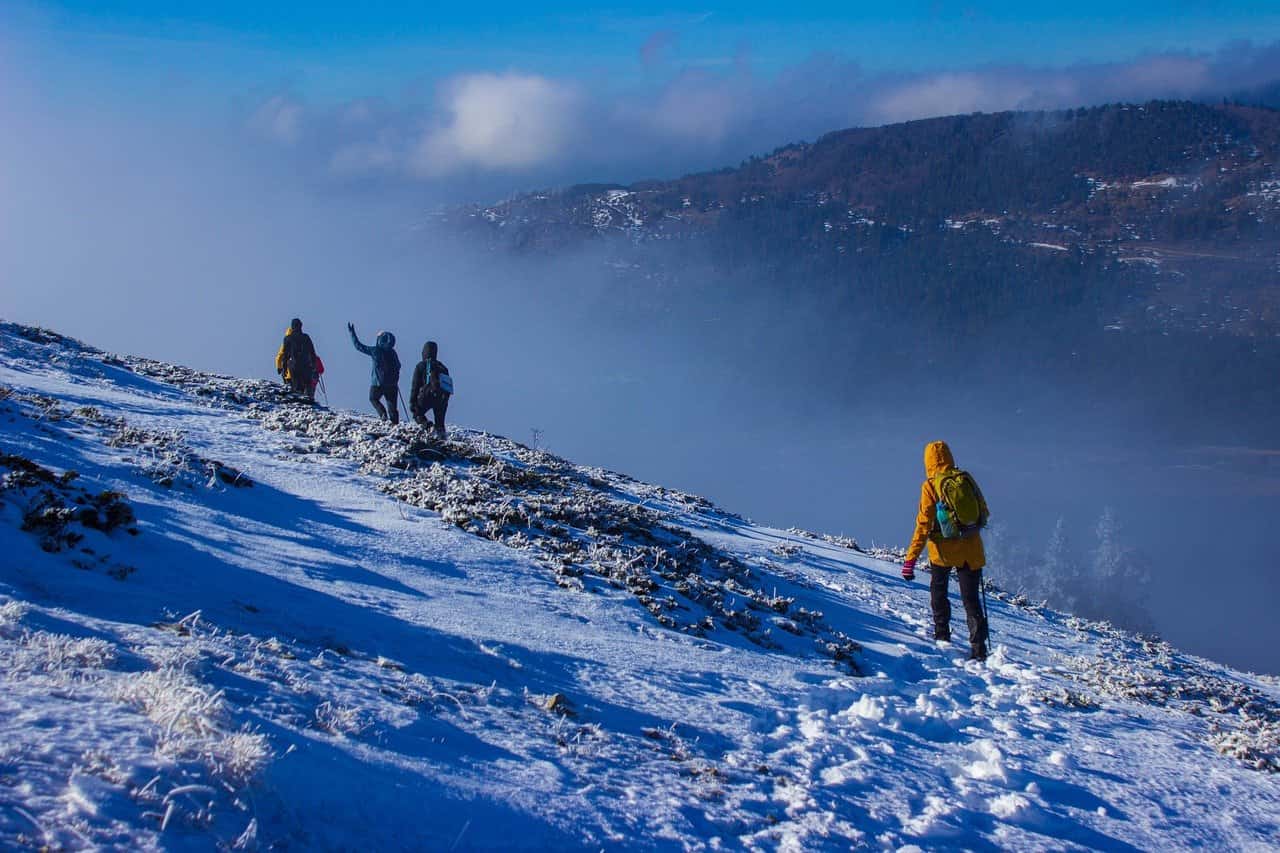Altitude sickness happens when your body doesn’t get enough time to get used to the lower amount of oxygen as you go higher up in the mountains. It can usually be prevented and treated. But if it gets really bad, it can become very serious.
That’s why it’s important to notice the symptoms early. If you do, you can stop climbing and avoid getting sicker. In this blog, We will discuss how to prevent altitude sickness.
What is altitude sickness?
Altitude sickness is what happens when your body struggles to adjust after you move to a higher place too quickly. The higher up you go, the thinner the air becomes, which means there’s less oxygen in each breath compared to being at a lower altitude. Your body might have trouble getting used to this change, which can cause altitude sickness.
Types of Altitude Sickness:
- Acute Mountain Sickness (AMS): This is the mildest and most common type of altitude sickness.
- High Altitude Pulmonary Edema (HAPE): This type affects your lungs, causing them to fill with fluid. It’s a serious medical emergency and needs immediate attention. Even though it’s not the most severe, it can be deadly if not treated quickly.
- High Altitude Cerebral Edema (HACE): This is the most dangerous type. It happens when your brain swells due to altitude sickness. It’s extremely serious and needs emergency care.
How Common Is Altitude Sickness?
Altitude sickness is common in people who aren’t used to high altitudes. AMS rarely happens below 8,000 feet (2,438 meters), but almost everyone who goes up quickly to 11,000 feet (3,352 meters) will experience AMS.
Causes of Altitude Sickness
When you start to feel the symptoms of altitude sickness, it’s because your body is reacting to getting less oxygen from the “thinner” air at higher places than what it’s used to. But why is the air thinner?
Air Pressure and Oxygen Levels:
The pressure of the air depends on the weight of the air above you. That’s why, as you go higher up, the air pressure gets lower. With lower pressure, each breath you take has fewer air molecules, including oxygen, than it would at a lower altitude.
Getting Used to It and Where You Live:
Symptoms of altitude sickness often start to show at around 8,000 feet, where you live matters too because your body gets used to the level of oxygen where you are most of the time.
So, if you live at sea level, like in Miami, you might feel altitude sickness more at 8,000 feet compared to someone from Denver, which is already at a higher elevation. In fact, people who live at sea level might even start feeling sick at lower heights than those who live in higher places.
Symptoms and Treatments of Altitude Sickness
When dealing with altitude sickness, the best way to feel better is to go to a lower altitude. Trying to “tough it out” by continuing to climb will only make things worse.
Symptoms of Acute Mountain Sickness (AMS)
If you have a headache, whether it’s a dull ache or a throbbing pain, it could be a sign of AMS. People with AMS often feel like they have a hangover, with symptoms like:
- Nausea or vomiting
- Feeling very tired
- Feeling lazy
- Not feeling hungry
- Having trouble sleeping
Treatment:
The good news is that your body can heal itself if you give it time to get used to the higher altitude. To do this, return to the last place you slept where you didn’t feel sick, and rest until you feel better.
Symptoms of High-Altitude Cerebral Edema (HACE)
HACE starts off as a more severe form of AMS. If your brain starts to swell, you might feel confused and have trouble keeping your balance. Here are some signs:
- You can’t walk in a straight line from heel to toe.
- You can’t balance on one foot.
Treatment:
If someone has HACE, they need to go down to a lower altitude right away. Just going down might not be enough to make them fully better, so it’s important to get medical help as soon as you think someone has HACE.
Symptoms of High-Altitude Pulmonary Edema (HAPE)
HAPE might start with or without AMS or HACE. At first, the person may have shortness of breath and a dry cough. If the lungs keep filling with fluid, the signs include:
- Getting more and more out of breath
- Feeling unexpectedly tired and unable to do much
- Developing a wet, gurgly cough
Treatment:
To help the lungs, the person should be carried down to a lower altitude as soon as possible. If not treated, HAPE can be deadly. Make sure to contact a doctor if the symptoms continue.
Medications for Altitude Sickness
Over-the-counter medicines like ibuprofen, acetaminophen, and aspirin can help with the headaches caused by AMS and HACE. But even after taking these, the headache might still stick around. Usually, the headache will go away once you’ve gone down to a lower altitude or after your body has had time to adjust to the higher altitude.
Advanced Treatments for Altitude Sickness
Some treatments, like special drugs or using pure oxygen, require a doctor’s help. If you want to know more about these treatments, it’s best to talk to your doctor.
How to Prevent Altitude Sickness?
Managing how quickly you go up in altitude is super important for avoiding altitude sickness. If you do it right, your body can adjust to the thinner air.
Acclimatization:
It’s amazing how well our bodies can get used to higher altitudes if we give them enough time. Your heart will beat faster, you’ll start breathing quicker, and your blood will produce more red blood cells than usual. Even the other cells in your body will slowly change so they can use oxygen more efficiently.
If you take at least two days to reach an altitude of 8,000 to 10,000 feet, and then only go up 1,000 feet each day after that, your body will have a better chance to adjust. It’s important to remember that the altitude where you sleep is the most important. You can climb higher during the day as long as you come back down to sleep at an altitude that fits within this limit.
Everyone Adjusts Differently:
Some people might get used to the altitude faster or slower than the general rule. Factors like age, gender, race, or even how fit you are don’t necessarily make a big difference in how quickly you acclimatize. The key is to take your time and listen to how your body feels.
When Should I See My Healthcare Provider?
Before you travel to a place with high altitude, it’s a good idea to talk to your healthcare provider. They can give you advice on how to prepare based on your specific needs. They might also suggest ways to prevent altitude sickness or prescribe medicine that can help.
When Should I Go to the Emergency Room?
If you start having more serious symptoms of altitude sickness, you should seek emergency medical care right away. Go to a hospital, emergency room, or another place where you can get help quickly.
The most important symptoms to watch out for are:
- Shortness of breath, even when you’re resting
- Chest tightness or pain
- Clumsiness or trouble with coordination
- Confusion
- Slurred speech
- Decreased awareness or consciousness
These are signs of severe altitude sickness, like HAPE or HACE, which can be life-threatening within hours. Getting treatment as soon as possible is crucial.

